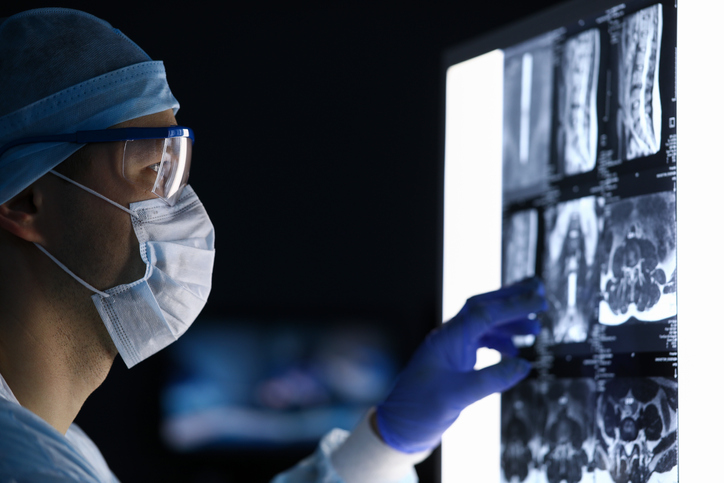Pain
Diagnosing Myositis

Do you find this helpful
Print
Share
Save
Myositis is the medical term used to describe a group of conditions that involve muscle inflammation. Myositis can be difficult to diagnose because the causes are varied, the primary symptom of muscle weakness can indicate various other health conditions, and there are various types of myositis.
The diagnostic process typically begins with a thorough medical history and physical exam. The physical exam focuses on the muscles and nerves. If dermatomyositis is suspected, the skin is checked for a purple/red rash.
Diagnostic tests
Tests that may be ordered during the diagnostic process include the following:
- Blood tests
Certain blood tests can show high levels of muscle enzymes, which indicates muscle inflammation. Since some types of myositis are considered autoimmune conditions, tests may be conducted to check for abnormal enzymes present with autoimmune diseases. The blood can also be checked for certain antibodies related to myositis. - Muscle biopsy
This is the most accurate test for diagnosing myositis. In the procedure, a small sample of a weakened muscle is removed and examined. This can clearly show muscle inflammation. - Electromyograph (EMG)
During an EMG, needle electrodes are inserted into the muscles to test their response to nerve signals. Abnormal responses may indicate weakened or damaged muscles due to myositis. - Magnetic resonance imaging (MRI)
An MRI can be used to identify abnormal muscle tissue and to identify the best location for a muscle biopsy. MRIs may also be used to identify changes in the muscles over time. - X-rays
Although X-rays do not clearly show soft tissues such as muscles, they may be used if a physician suspects myositis ossificans, in which bone or bone-like tissue develops within a muscle.













